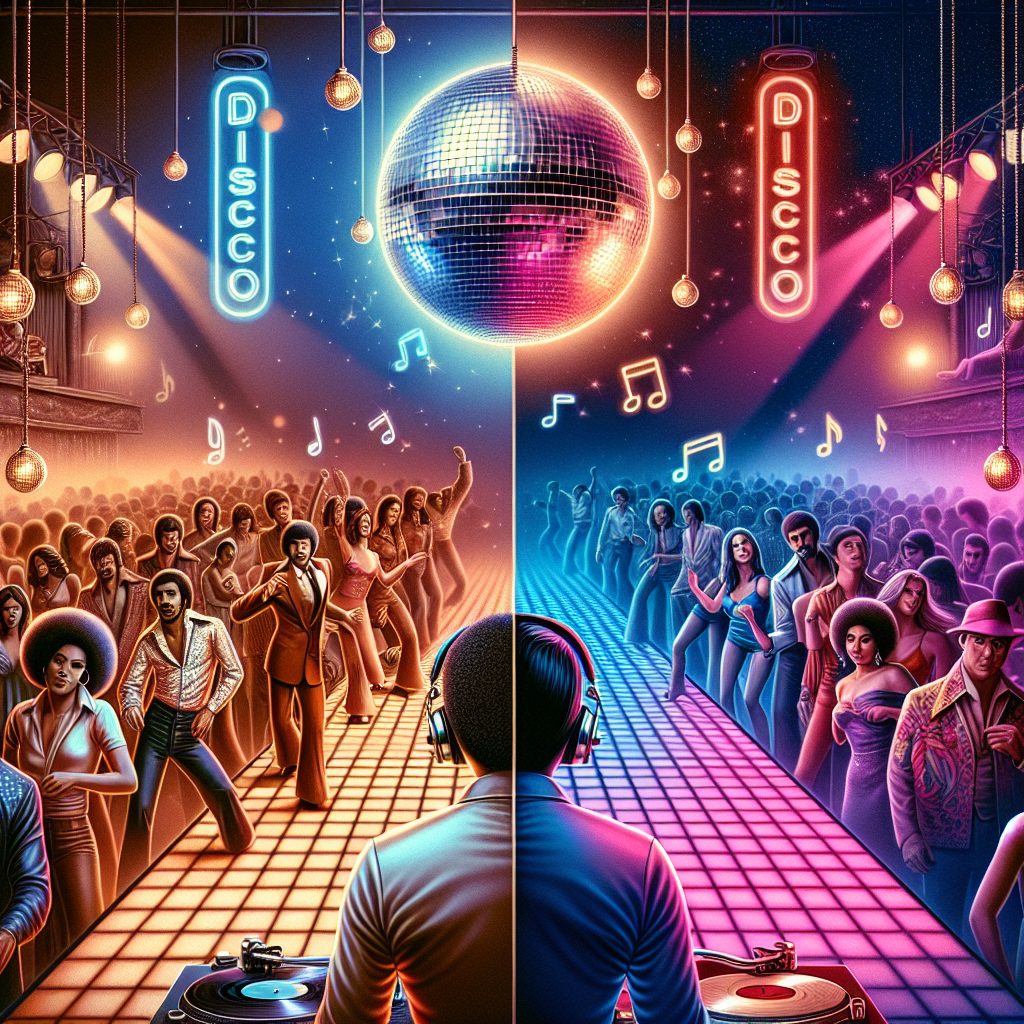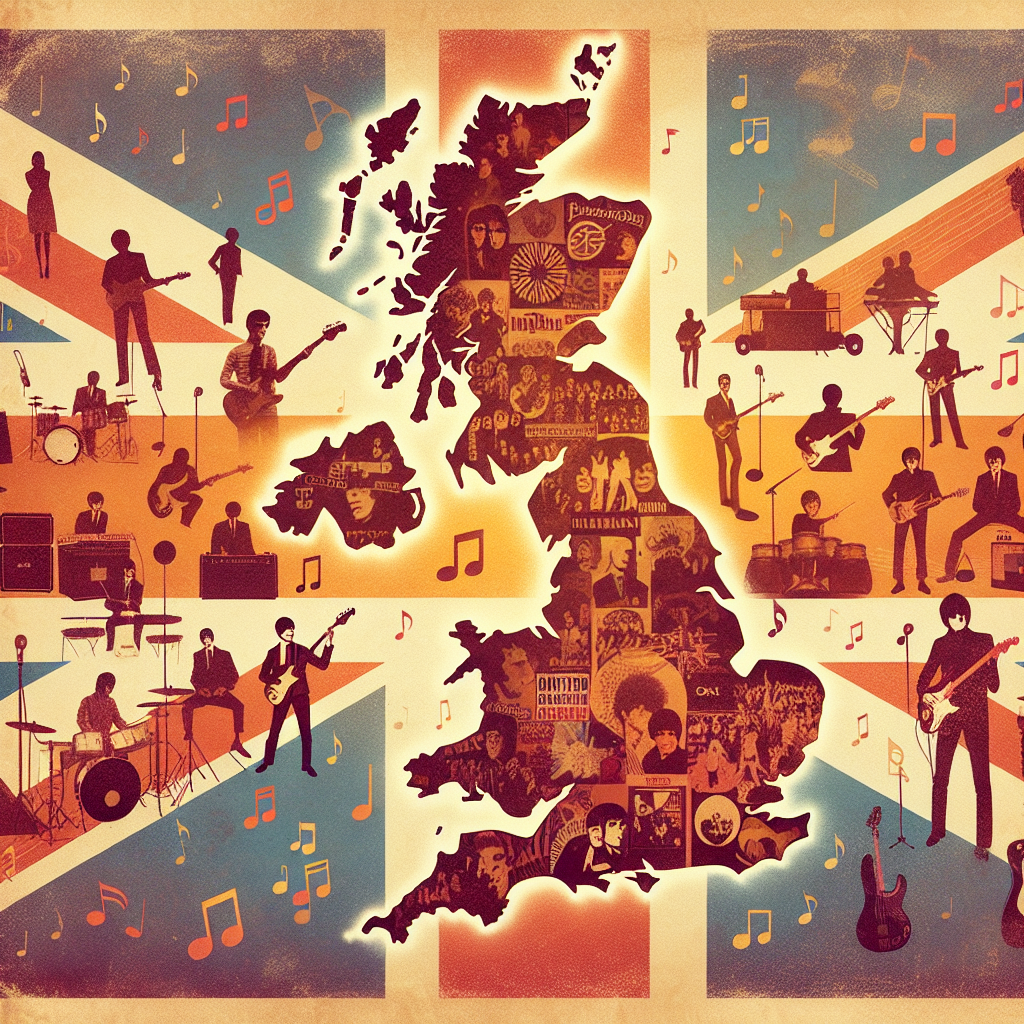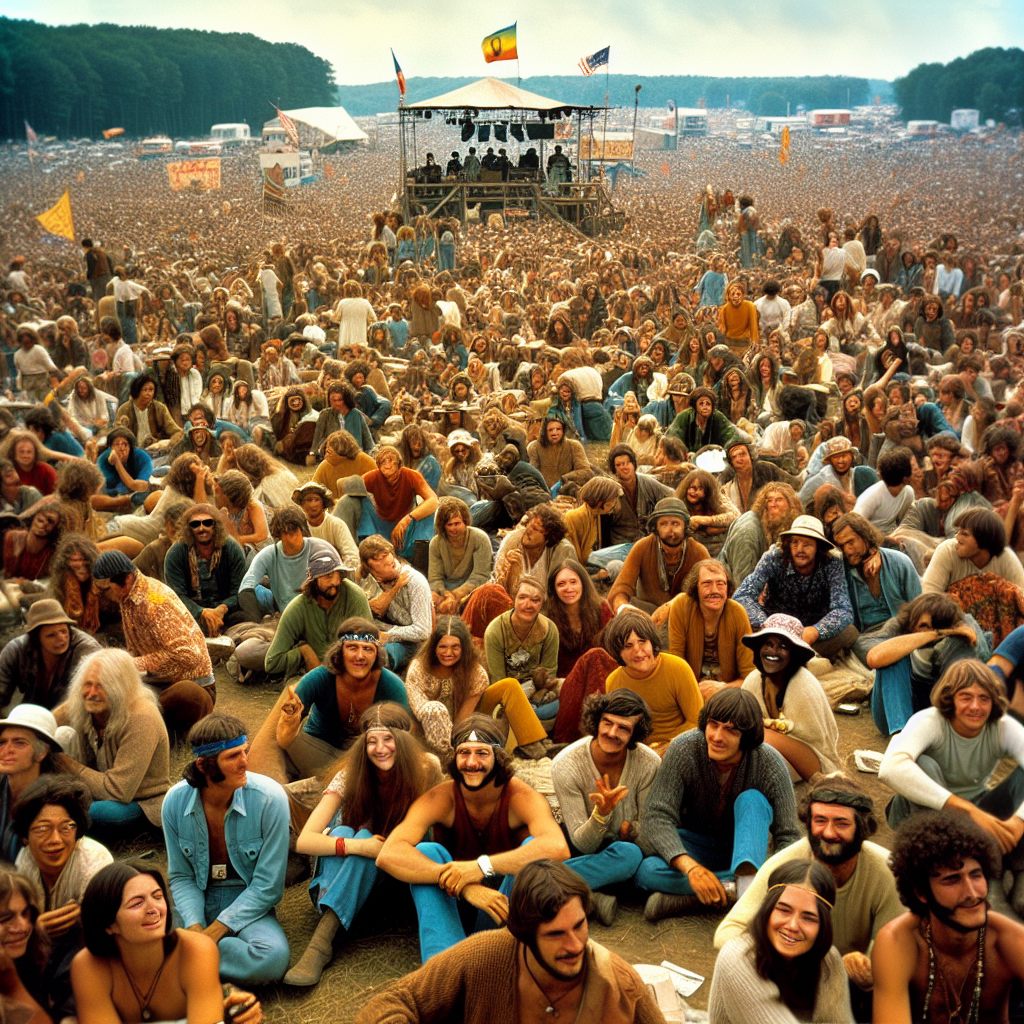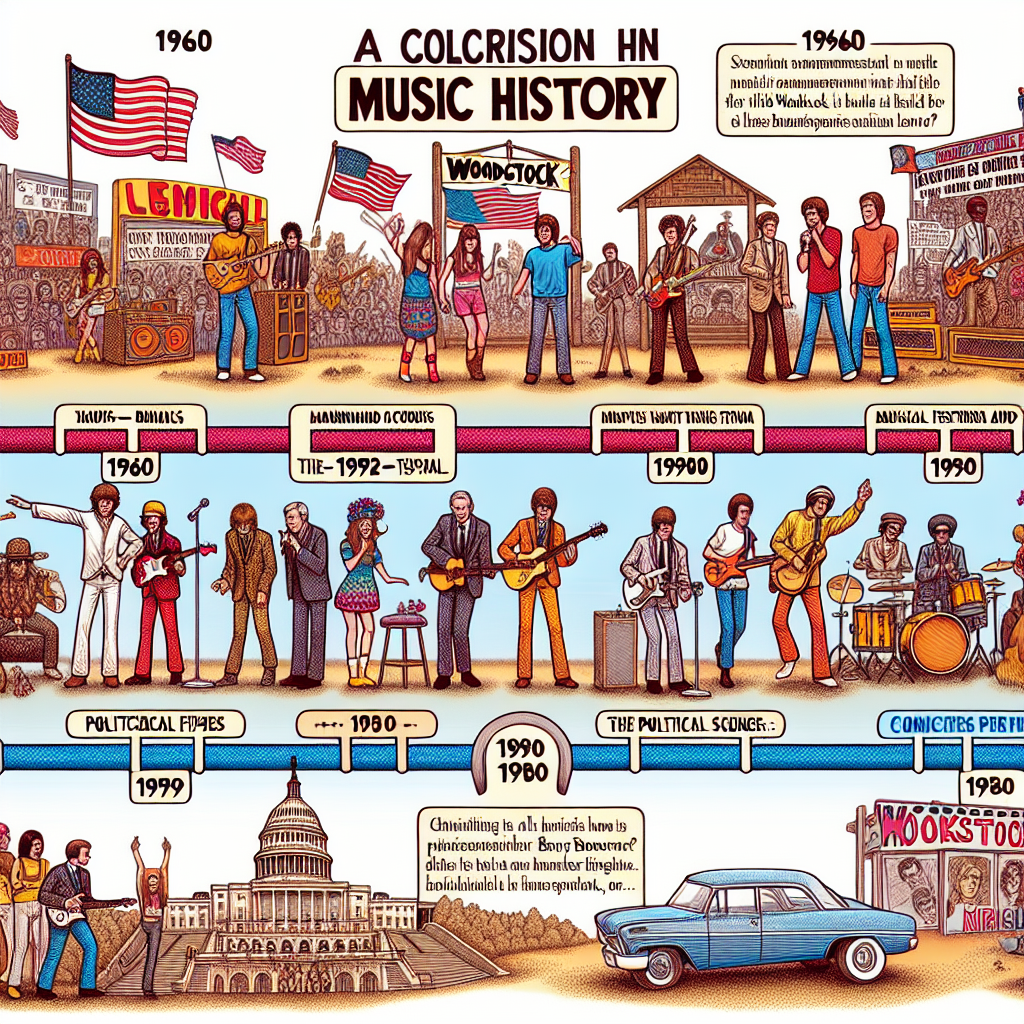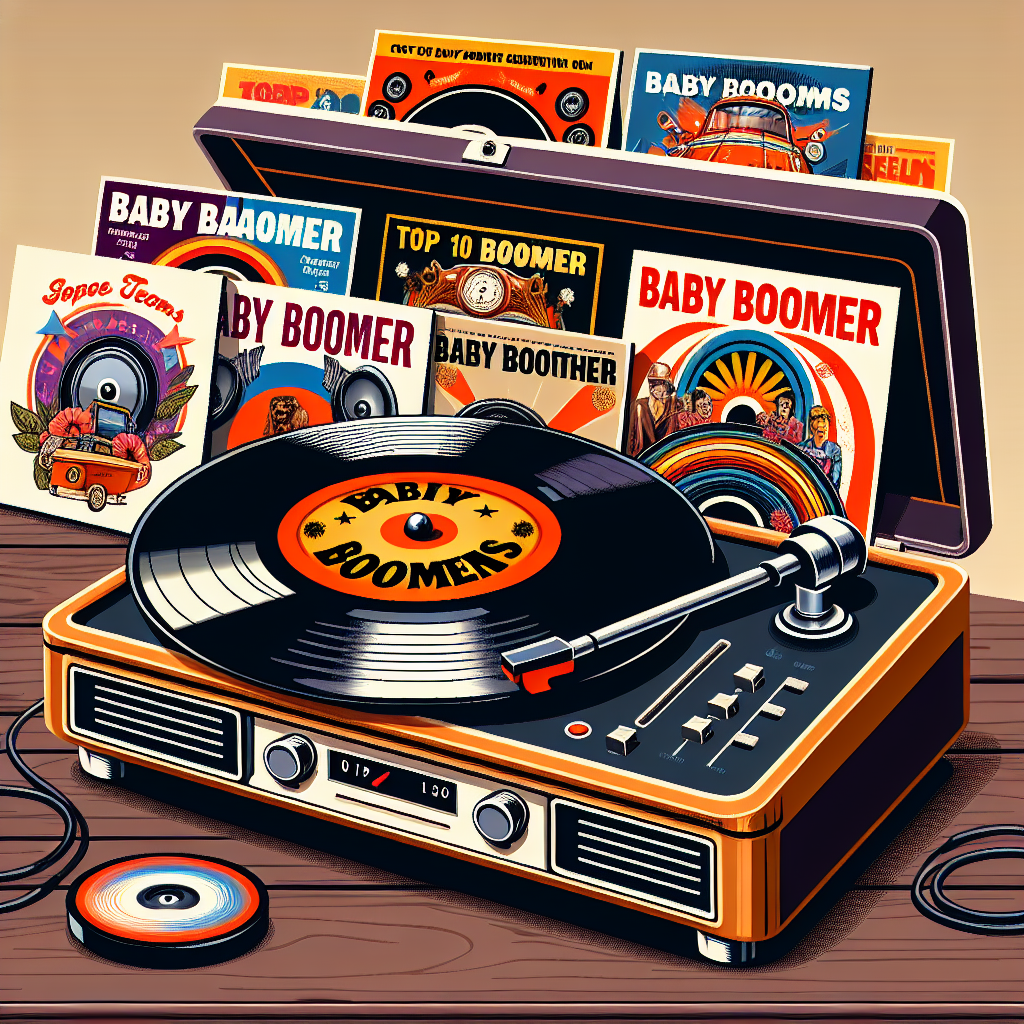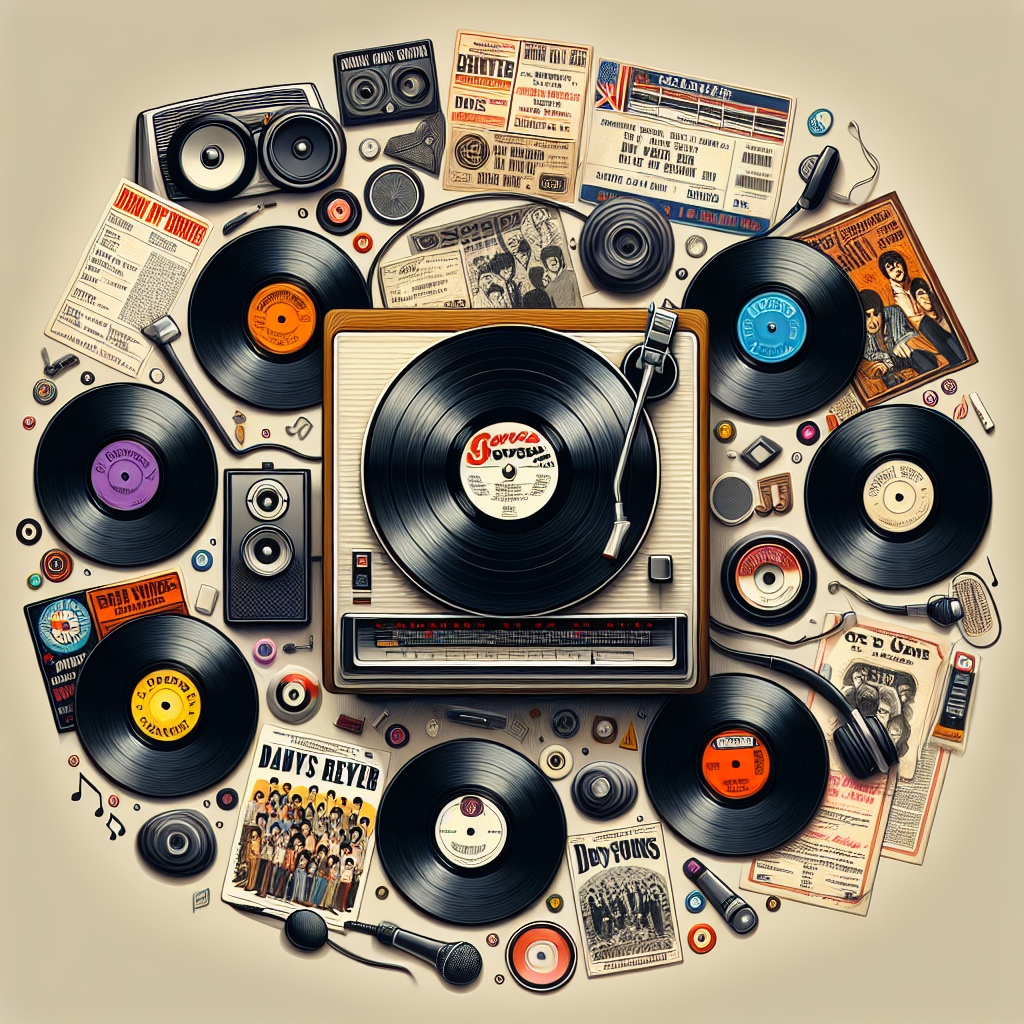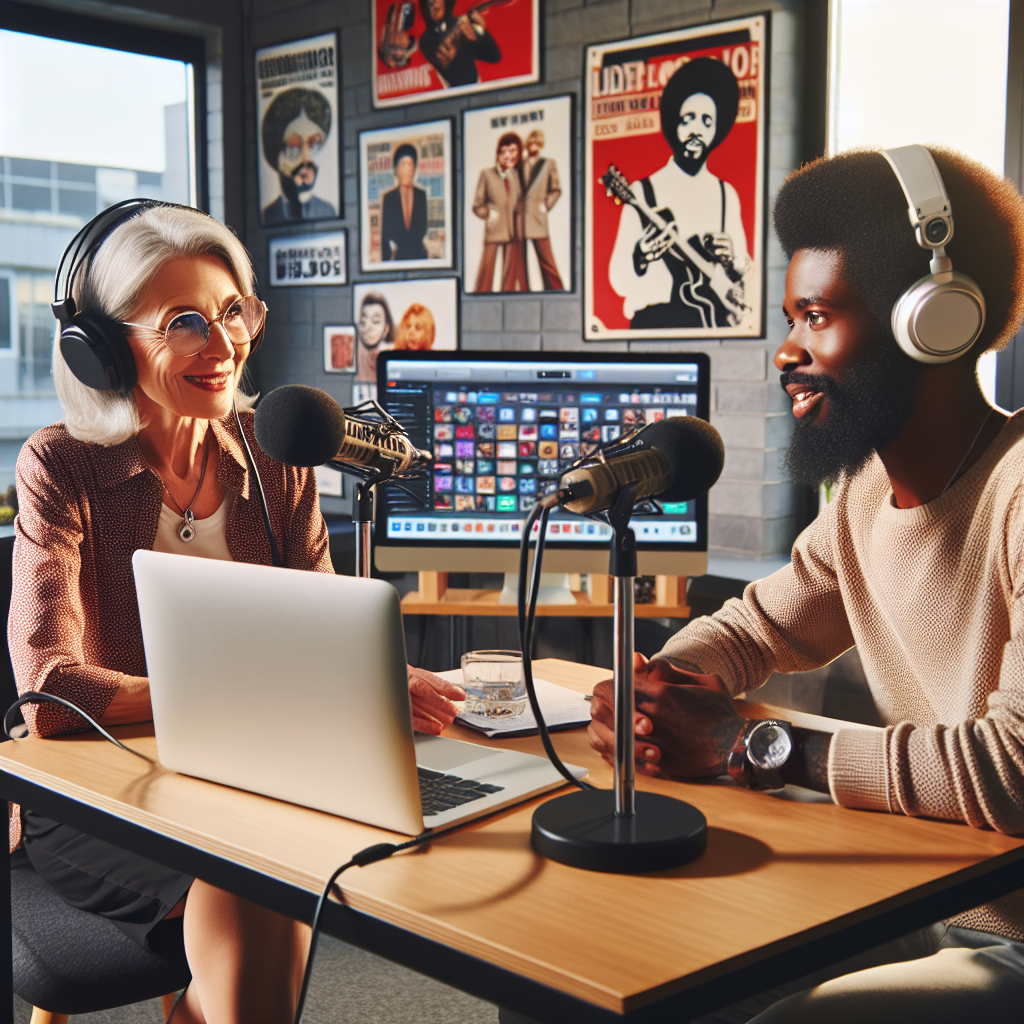Have you ever wondered what really goes on behind the scenes in recording studios during the golden era of music in the 50’s, 60’s, and 70’s? The stories and secrets from this time period are truly fascinating and provide a unique glimpse into the culture, fashion, technology, and even politics of the time.
During this era, music was not just a form of entertainment but also a reflection of the social and political climate. Musicians were often seen as cultural icons who used their platform to address important issues such as civil rights, war, and feminism. Recording studios became a hub for creativity and innovation where artists could freely express themselves through their music.
One of the most interesting aspects of recording studios in this time period was the fashion. Musicians were known for their eccentric style choices that often pushed boundaries and challenged societal norms. From psychedelic patterns to bell-bottom pants, fashion played a key role in shaping the image of these iconic artists.
Technology also played a significant role in shaping the sound of music during this era. Analog recording equipment was used to capture the raw energy and emotion of live performances, resulting in a warm and authentic sound that is still revered today. The use of tape machines, mixing consoles, and other vintage equipment added a unique charm to recordings that is hard to replicate with modern technology.
Behind the scenes in recording studios, there were also many interesting stories involving politicians who would visit to meet with musicians or attend recording sessions. It was not uncommon for artists to use their influence to advocate for political causes or raise awareness about important issues. These interactions between musicians and politicians helped shape the cultural landscape of the time.
Overall, the stories and secrets from recording studios in the 50’s, 60’s, and 70’s provide an intimate look into a pivotal time in music history. The creativity, passion, and innovation that went into creating some of the most iconic songs of all time are truly inspiring. As we look back on this era with nostalgia and admiration, it is clear that these recording studios played a crucial role in shaping our cultural heritage.

